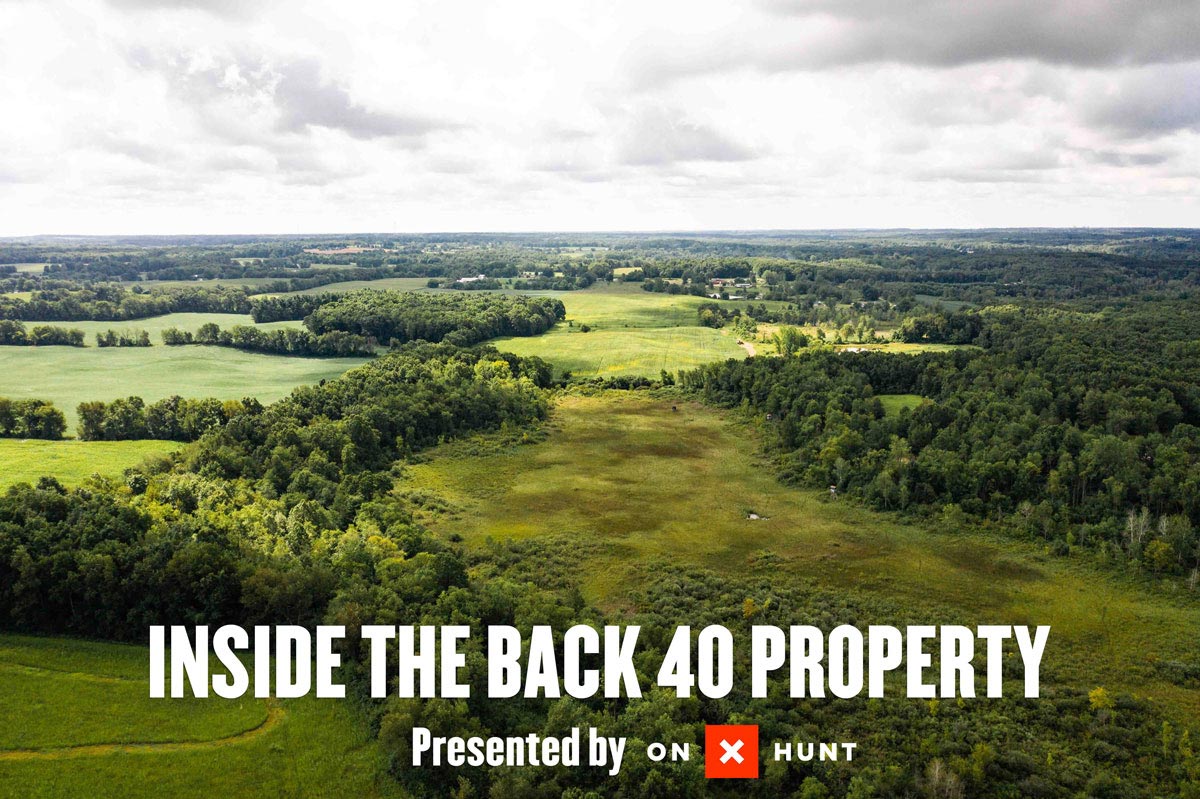
The roughly Oklahoma shaped property is comprised of overgrown fields, brushy fencerows, and an oblong swamp in the middle. In addition to the diverse cover types present, the Back 40 is situated in a uniquely hilly region of Michigan, providing useful topography for wildlife and hunters. The farm’s location in the middle of a large wetland drainage also provides perfect wildlife sanctuary for deer and other creatures hoping to avoid human contact. Finally, pre-purchase due diligence uncovered the fact that several neighboring landowners in the area manage for wildlife too.
“All of this adds up to a small property with the perfect ingredients for a future wildlife and hunting paradise. We just need to do the work to get it there.“
The farm is accessed on the west via a small panhandle of land that provides our only road access. Immediately you enter the first of six old rolling fields on the property that have been left out of agricultural production for two years. Field #1 is thick with nearly head high goldenrod and other annual weeds, making it a jungle in the summer but somewhat barren in the winter. The same goes for Field #2 to the east. Because these two fields are closest to the road, hunters will need to pass by them frequently when coming in and out of the property. Given this consistent travel and the risk of spooking deer, the plan is to avoid planting any kind of highly attractive food source here, and instead manage this area for pollinators, birds, small mammals, and pass through habitat for deer.
Splitting up each of these fields, and scattered elsewhere across the farm, are old fencerows thick with buckthorn, honeysuckle, cherry, walnut, and red oak trees. Continuing south into Field #3 the composition of vegetation changes, likely due to soil type, and we begin to see more invasive weeds such as mares tail. The other unique aspect of this southwestern field is that it is adjacent to a neighboring home and barnyard where human activity is frequent. For this reason we plan to keep any improvements away from the property borders and focused down in low spots in topography.
Further to the east the old fields steeply drop off into the large swamp that runs through the property’s center. The swamp runs north to south in a rough gourd shape. The narrow handle of the gourd begins at the northern border of the property and extends south where the swamp eventually widens. The interior is a green and prickly mess of cattails and grasses, dogwoods and buckthorn, cottonwoods and other small trees. In the spring it’s water up to the knees and in the summer it’s black mud. Toss a basketball fifteen feet in any direction and it will likely be lost. This thick security cover is crucial for deer and other wildlife, and will likely be a favorite haunt of any mature whitetail buck that decides to call the Back 40 home. We plan to leave this area largely untouched to provide sanctuary for deer and other critters.
Continuing to the east the land rises again into another three old fields, each being similar to Field #3 in their vegetative composition and rolling topographic nature. The only difference is their more secluded position in the interior of the farm. Because of this we plan to implement more intense improvements in this region with the eventual goal of transforming the openings into scattered food plots and bedding habitat.
Finally, in the southeastern corner, we arrive at a unique ecosystem on the Back 40 located between the southern terminus of the swamp and Field #6. Here runs a long ridge system transitioning between the two aforementioned cover types that houses a unique blend of native prairie grasses, scattered cedars and autumn olive bushes, and the occasional oak tree. It’s a dynamite whitetail staging area and is littered with old deer sign. We’ve dubbed this “The Honeyhole” and we expect big things from this special little pocket of ground.
Focus Areas
-

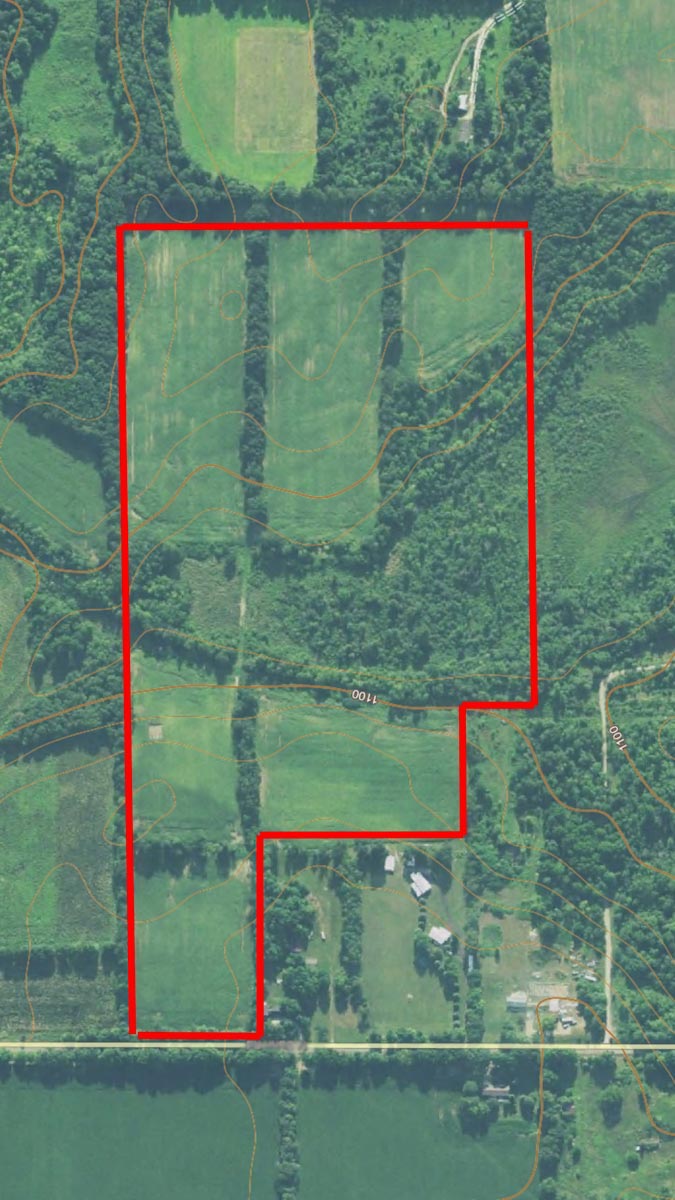
-
Entire Property
The Back 40 is a 64-acre blank canvas of wildlife possibilities in southern Michigan. Despite its small size, it has big potential.
-
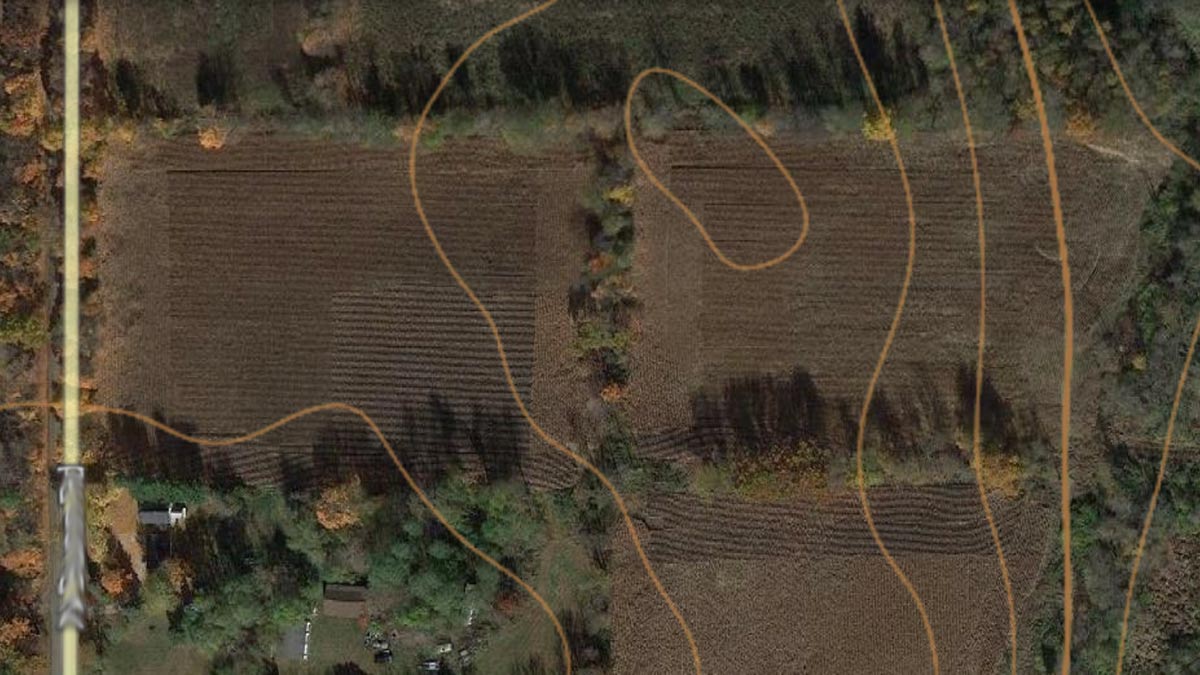
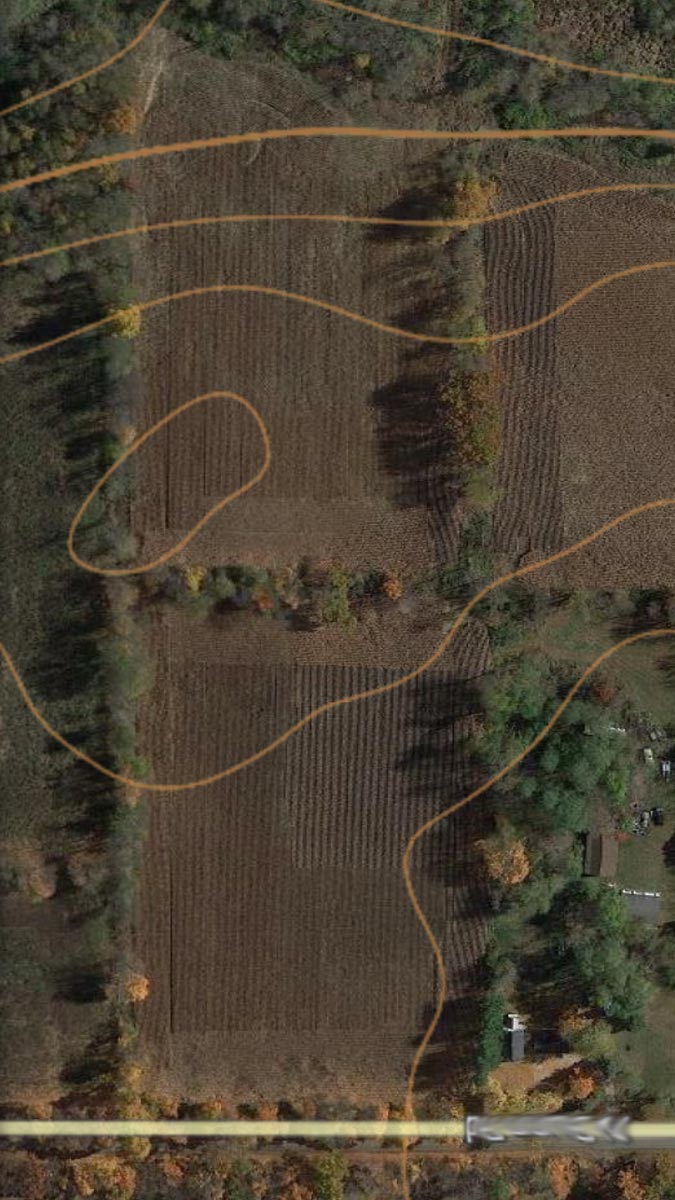
-
Fields Nos. 1 and 2
These thickly overgrown old agricultural fields are comprised mostly of goldenrod, mares tail, and other annual weeds.
-
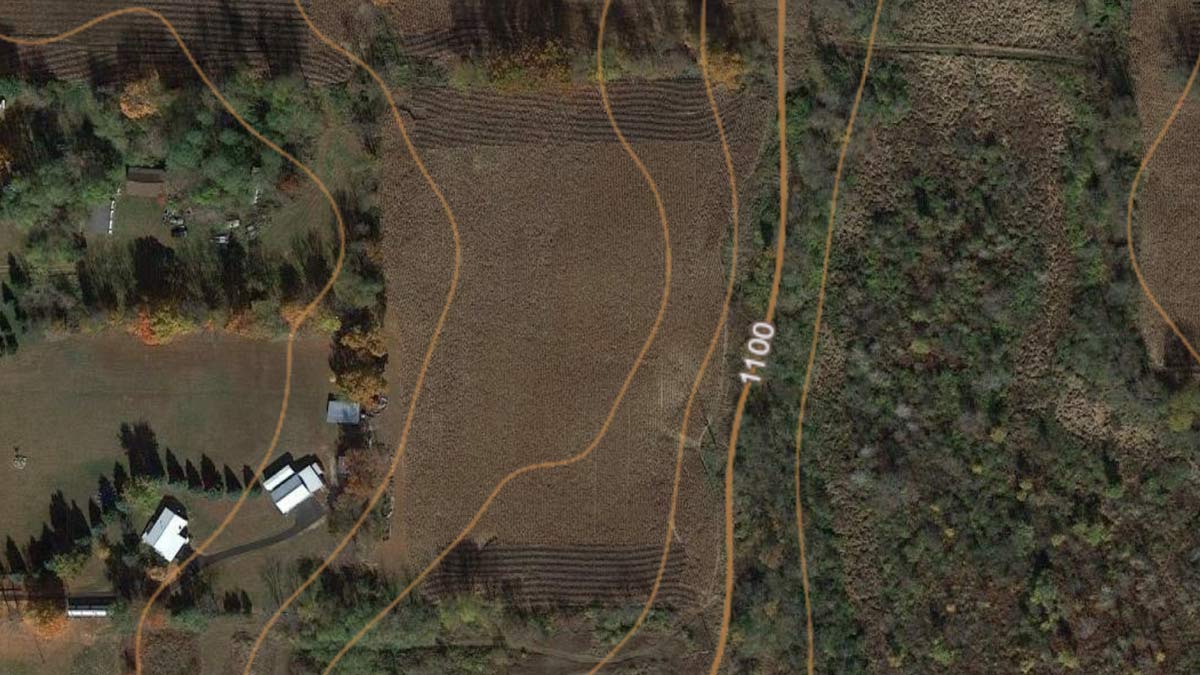
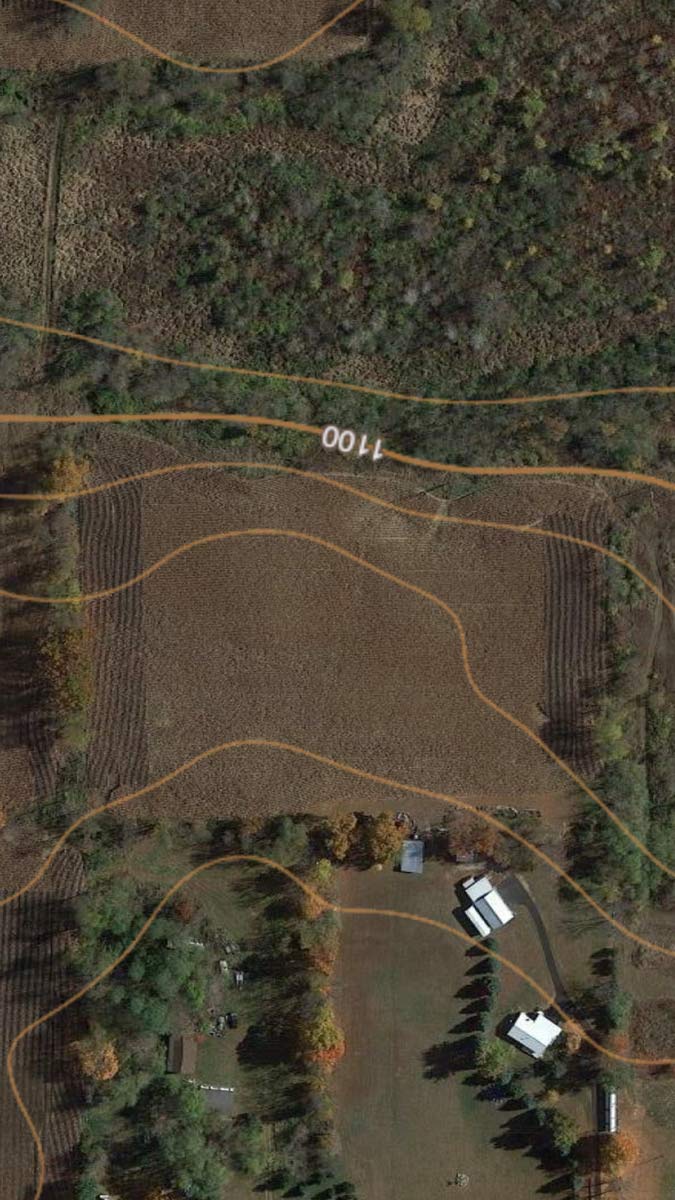
-
Field No. 3
This is a large rolling field adjacent to an active neighboring home and pole barn. That makes this a tricky spot.
-
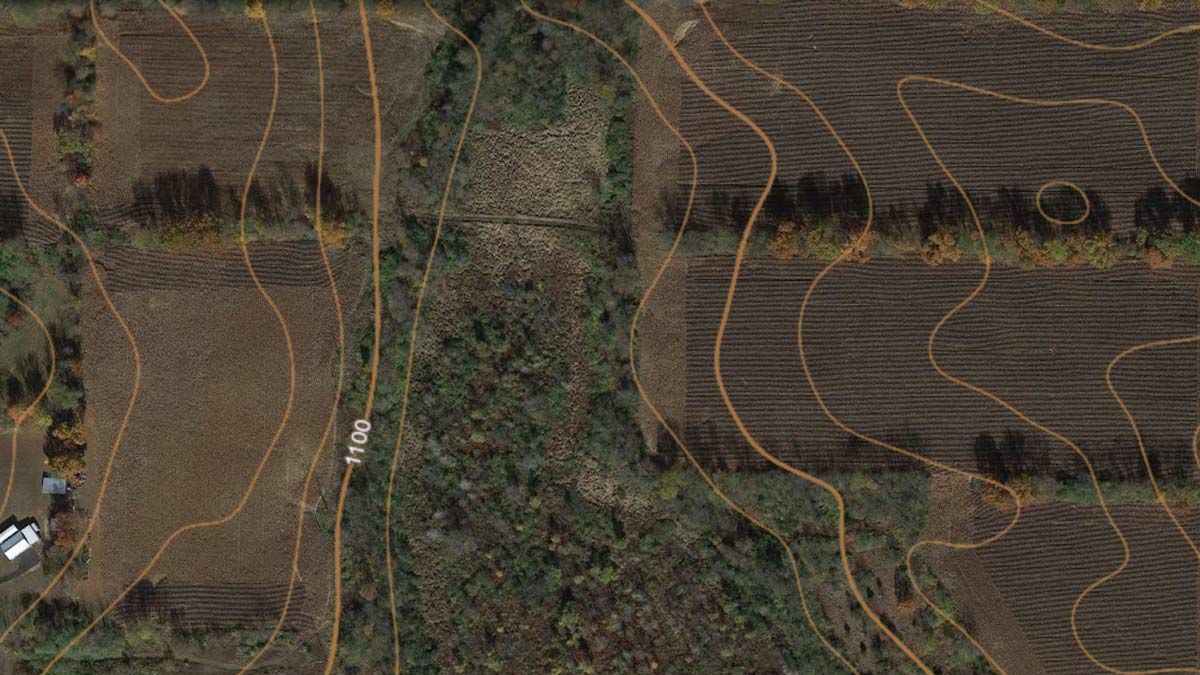
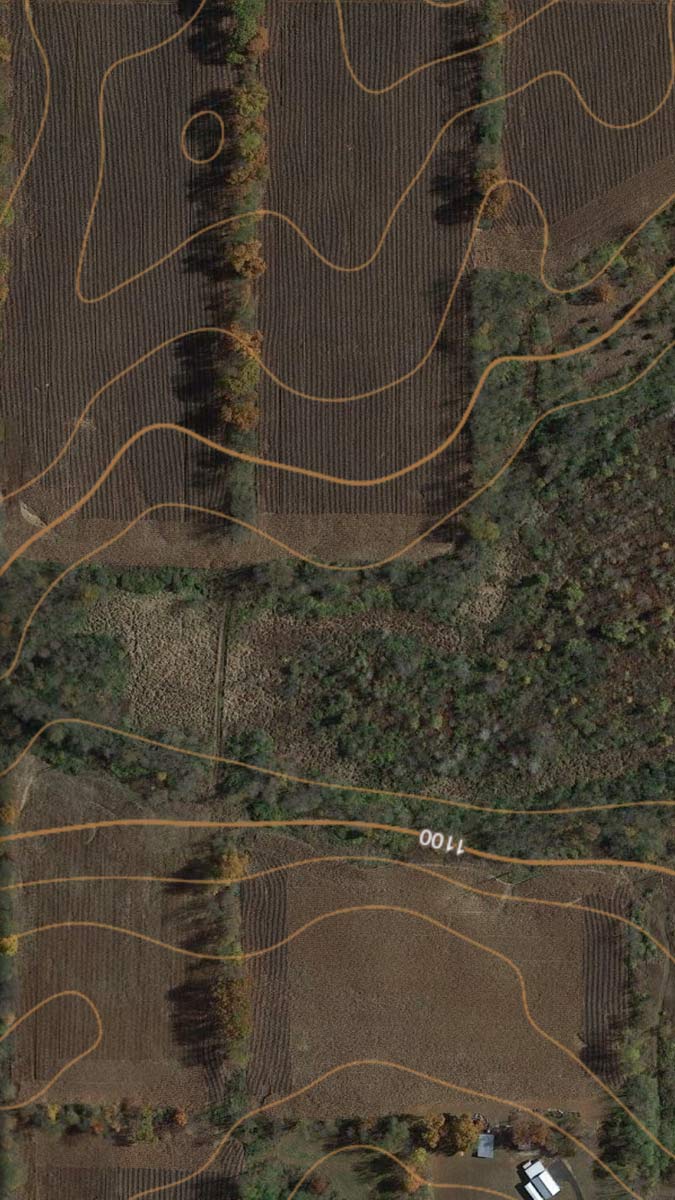
-
The Swamp
This is the hub of the Back 40’s wheel – providing important sanctuary cover for deer and other wildlife.
-
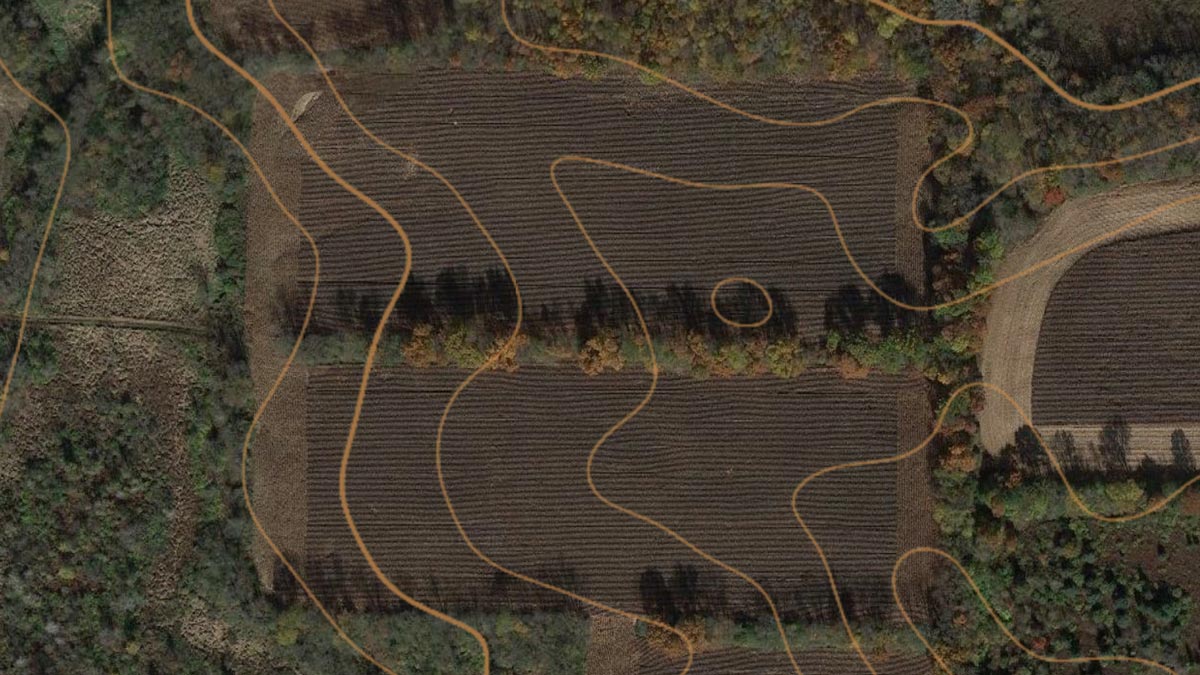
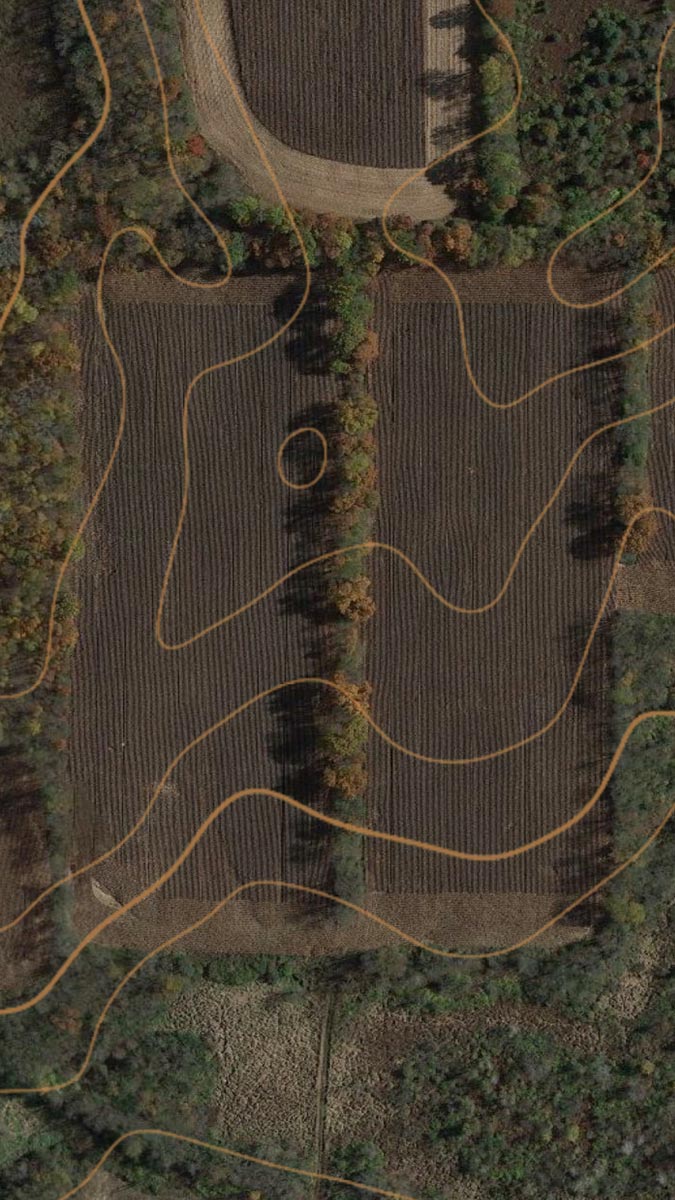
-
Fields Nos. 4, 5, and 6
These are similarly hilly and overgrown with mares tail and other weeds, but their location makes them more suitable for improvements then the front fields.
-
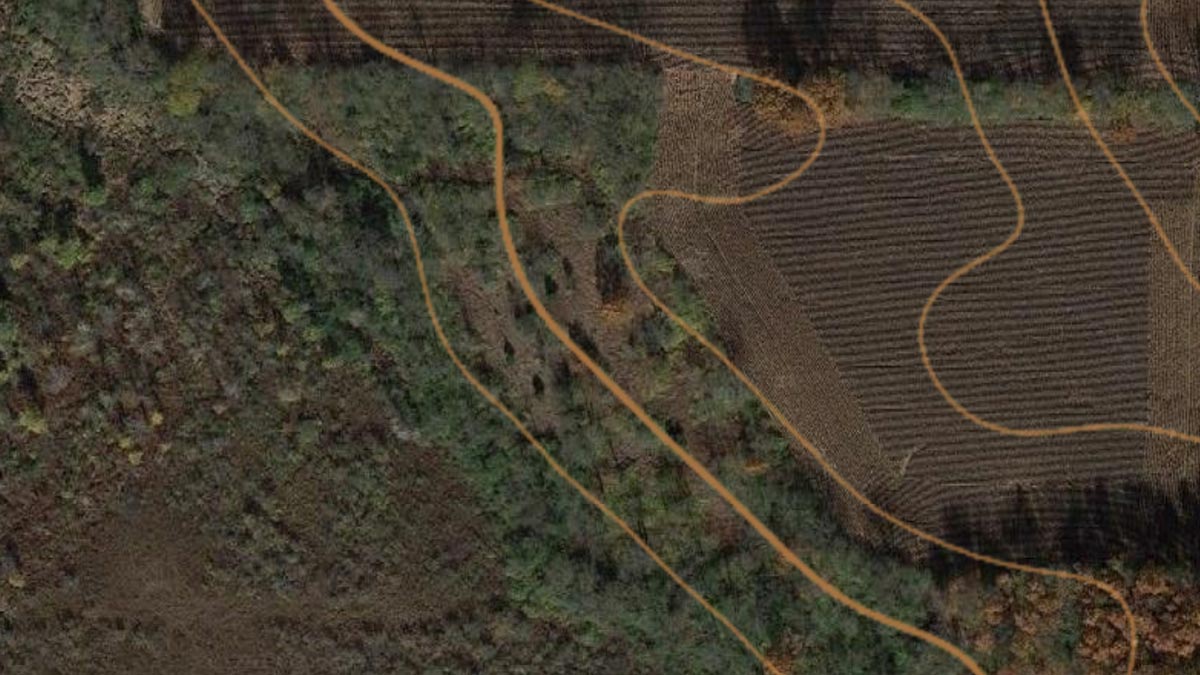
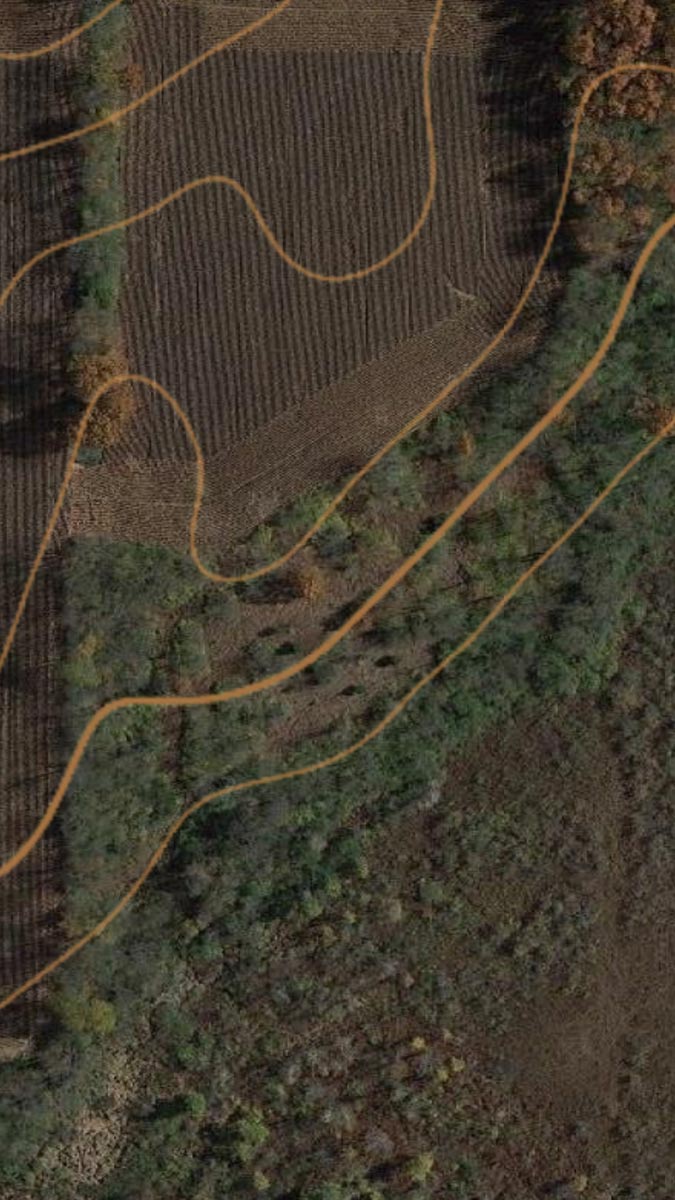
-
“The Honeyhole”
This is a long ridge system covered in native prairie grass, cedars, autumn olive, and oak trees. It provides stellar transition cover for deer.